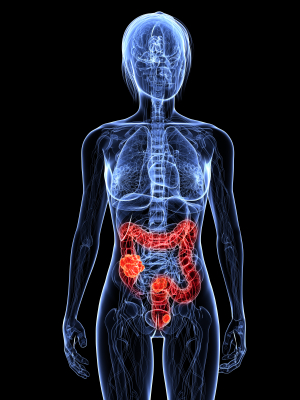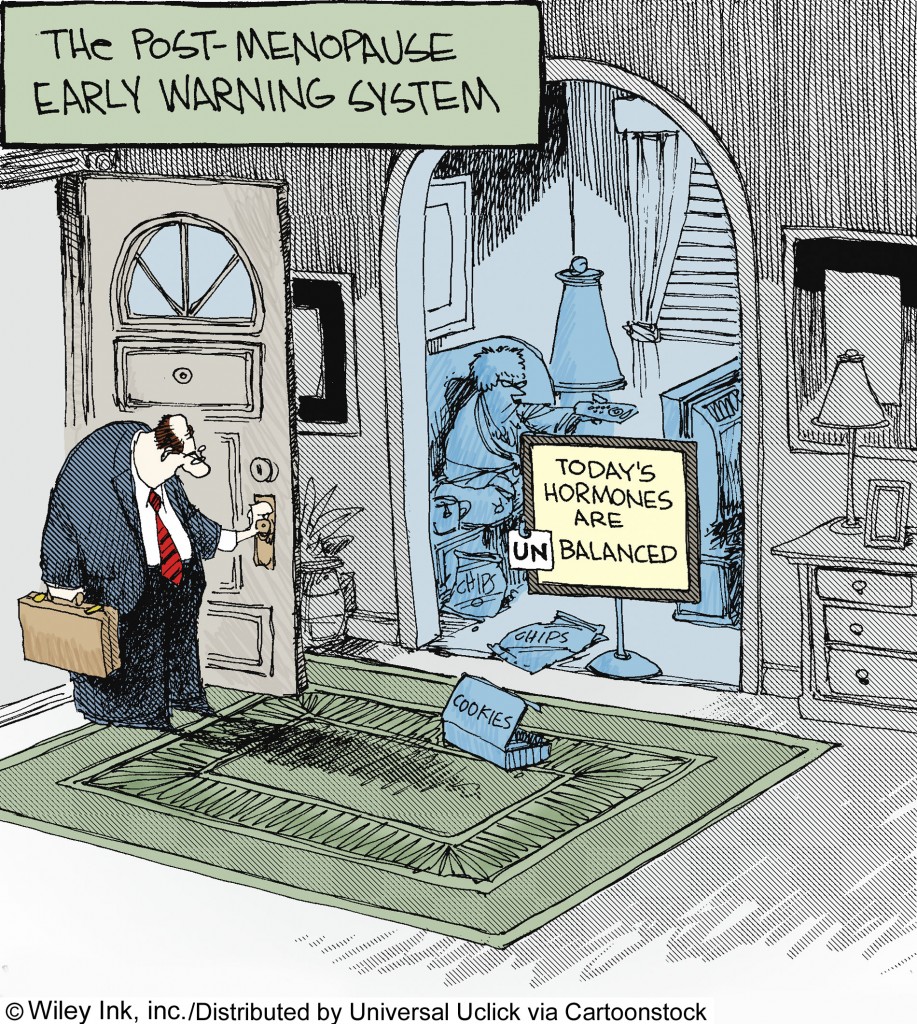Every breath you take: lung cancer, women and SMAC!
A few days ago, I ran across a piece published online at BBC that reported that lung cancer rates in women in the UK are expected to ‘soar’ over the next 28 years. More troubling is that the researchers report that by the year 2040, fewer than half of these women will be alive. That’s right; fewer than half.
I contacted Kings College London’s PR department in hopes of obtaining a copy of the study but believe it or not, despite the fact that I am a member of the press here in the U.S., I got the brush off. It’s a shame, really, because I think that this research is critically important, especially for women who like me, may have smoked when they were younger. However it’s also important for never-smokers; the development of lung cancer is not dependent upon smoking and in fact, the number of cases of non-small cell lung cancer is on the rise amongst non-smokers.
So in short of telling you more about the study, I’m going to share a few tidbits of information that you need.
Did you know that lung cancer is the leading cause of cancer death in both women and men in the U.S. and is accounts for more of these deaths than breast, colon and prostate cancers combined? And, as I wrote a few years back, use of hormone replacement therapy has been shown to increase lung cancer by as much as 50%, depending on how long the hormones are taken.
I have been fixated on lung cancer for some time now; not only is it responsible for the death of a dear friend’s father, but, it is now taking the life of my friend Jennifer Strauss Windrum’s mother. Any day now she may be gone.
I would like you to step back and consider what I just shared with you:
Lung cancer kills more people than breast, colon and prostate cancers combined. And rates are about to soar in women. If you use hormones, your risk of dying from lung cancer is even higher. However, another frightening statistic is that most people are not diagnosed with lung cancer until it reaches the most serious stage — Stage 4 .
Back to Jenn. Jenn has been on a crusade for several years now to raise awareness of lung cancer and boost funding for it. This crusade recently took on a life of its own, as WTF? For Lung Cancer (Where’s the funding) grew into SMAC! Sock Monkeys Against Cancer. Jenn created custom sock monkeys to give cancer patients something to hold onto while they undergo chemo, on days they feel particularly depressed, and moreover, to continue to draw attention to the fact that effective treatment is sorely lacking for lung cancer. Let’s face it; it’s not a cancer that attracts a lot of celebrity dollars or media attention.
I need to ask a favour. Would you consider donating $10 to the cause to bring SMAC! to life? Jenn has less than two weeks to go to make this dream a reality. And her mom? Probably less time than that.
$10. That’s a coffee. A lunch out. $50 gets you a monkey. And Jenn has pledged that for every monkey purchased, a second goes to a person with cancer. Another portion of the proceeds after she reaches goal will be donated to cancer research and programs.
Will you help? Or at the very least, spread the word to at least 10 other people?
Lung cancer kills. And it is about to kill a heckofalot of women if we don’t do something. Time to SMAC the hell out of lung cancer. 
Read More
Wednesday Bubble: Soy takes a hit (again). But what about S-equol?
Soy is back in the news again, with newly published data suggesting that isoflavones may not be particularly effective when it comes to menopausal symptoms. But I can’t stress enough on this blog that sources are as important as substance; in other words, not all sources are equal and neither are the women who use these alternatives.
So, let’s talk again about S-equol. But first, a bit of context is needed.
We know that soy isoflavones, primarily genistein, daidzein and glycitein have been suggested as an effective strategy for combating menopausal symptoms such as hot flashes or night sweats. The beneficial effects of soy are believed to be associated with the ability to soy isoflavones to attach themselves to estrogen receptors. Importantly, our brains contain certain estrogen receptors in hippocampus, which is responsible for consolidating both short and long-term memory and spatial navigation. Moreover, both genistein and daidzein have been shown to have a particular affinity for the very type of estrogen receptors that reside in the hippocampus, which is why researchers have been so interested in determining if ingesting soy can help combat the natural decline in memory and cognition. While findings have been mixed, some women appear to be better metabolizers of S-equol, a metabolite of a major soy isoflavone called daidzein. It has a particular affinity for estrogen receptors and possesses some estrogen-type activity of its own. S-equol is produced in the GI tract however the ability to actually manufacture it depends on the presence of certain microflora. Consequently, only 30% to 60% of individuals are actually able to produce S-equol on their own (although this figure is believed to be higher among Asians and vegetarians).
I’ve been writing about S-equol for a number of years and you can revisit those posts here. Interest in S-equol is in part, related to its potential for augmenting the benefits of isoflavones; in fact, it is possible that women who are naturally producers of S-equol actually experience greater effects from soy products, and this is especially true when it comes to bone health. Hence, vasomotor symptoms — night sweats and hot flashes — aside, you may not want to give up on soy just yet.
So let’s talk bone health. It’s so critical as we age.Declining levels of estrogen are a primary cause of bone loss and resulting osteoporosis in women; indeed, one in five American women over the age of 50 have osteoporosis and about half will experience a fracture in the hip, wrist or spine as a result. What’s more, because osteoporosis is silent in its early stages, causing no symptoms, it’s critical that bone loss is halted or at least slowed either before or during the most critical phases strike. There is no time like the present to take preventive measures, even if you are in your 30s and 40s.
Where does S-equol fit in?
Last year, researchers demonstrated the daily S-equol supplements taken by women who are not naturally producers of S-equol, may improve bone metabolism and attenuate bone loss. And I reprinting this information because it’s too early for a soy verdict.
In this 1 year study of 356 healthy, postmenopausal Japanese women between the ages of 41 and 62, daily intake of 10 mg S-equol via supplement markedly reduced markers of bone resorption in blood and urine compared to women taking placebo pills or 2 mg or 6 mg of S-equol daily. In fact, in women taking the 10 mg dose for a year, declines in a urinary marker of bone resorption (i.e. DPD) were roughly 21% greater compared to placebo. Measures of whole body bone mineral density also showed that S-equol supplementation protected against bone loss, although not to the extent as bone resorption. These results remained even after changes in height, weight, body mass index, lean and fat mass were accounted for. No participant experienced serious side effects from taking S-equol and hormone levels were not adversely affected.
Does this mean that you should rush out and purchase S-equol supplements?
One of the primary limitations of this study is that the process of bone recycling can take as long as 18 months and the time required to complete a cycle may actually increase with age. Thus, the duration of time that the women were studied might be too short to draw any definitive conclusions. Hence, you may want to wait before you start taking S-equol. However, the evidence that’s building continues to put the weight on the benefits versus risks side. Only time will tell. Meanwhile – remember that the source of S-equol is important. If you are going to look for supplements, go for products that state that they are standardized on the label. Food sources, e.g. tofu, are always a good bet but again, not every woman will metabolize soy the same way. Still, here’s to yourhealth. Keep on doing all you can do to keep the faith and stay the course.
It ain’t over til the fat lady stops sweating!
Read MoreMore on HRT and your gut
Back in April, I shared news that researchers would be reporting a strong link between ulcerative colitis and hormone therapy at an upcoming American Gastroenterology Association meeting. That study has now appeared online in Gastroenterology journal so I thought I’d fill in a few blanks.
Ulcerative colitis refers to chronic inflammation of the lining of the colon, leading to crampy abdominal pain, diarrhea and general discomfort. Although it is a form of what doctors refer to as inflammatory bowel disease and is very similar to Crohn’s Disease, it only affects the lining of the colon. I am quite familiar with colitis as a close family member suffers from it and I can assure you that it’s no picnic. In addition to genetics, risk factors include smoking, environment and the use of NSAIDs. And it can be exacerbated by stress, low levels of antioxidants and even milk consumption. It also appears more often in Caucasian whites and slightly more women than men.
Importantly, previous studies have demonstrated an association between oral contraceptive use and risk of ulcerative colitis in premenopausal women, although data are pretty scarse in the older age group who are in menopause. Yet, there appears to be some sort of impact of exogenous estrogen, i.e. not manufactured in the body but taken adjunctively, in that it may modify genes that protect the colon from bacteria and toxins as they pass through the GI tract, thereby exposing women who take them to increased risk.
This has been borne out by data culled from over 108,000 women participating in the Nurses Health Study, one of the largest ongoing research initiatives focusing solely on factors that influence and impact women’s health. After ruling out factors that might influence findings, such as age, smoking and body-mass index, as well as prior oral contraceptive use, the researchers learned that women who had used HRT had a significant risk for developing ulcerative colitis compared to women who had never used HRT. Current users had a greater risk than past users. Moreover, risk increased with longer use of hormones and declined as over time after stopping HRT. It did not appear to matter if hormone therapy was combination estrogen/progestin or estrogen alone.
The researchers write that their findings should be used primarily to provide insight into the possible ways the ulcerative colitis develops. However, even if it is clear that there are many other reasons why women should carefully weigh the risk versus benefit ratio with HRT used, I still maintain that this particular association is as important as others.
In the four and a half years that I have been writing about menopause, HRT has been linked to breast cancer, deaths from lung cancer, ovarian cancer, heart disease, stroke, gallbladder disease and now, ulcerative colitis.
Do the math.
Read More
Let’s not turn back time…
 Image copyright: Glasgow Women’s Library.
Image copyright: Glasgow Women’s Library.
Please get to the polls! VOTE!
Read More








